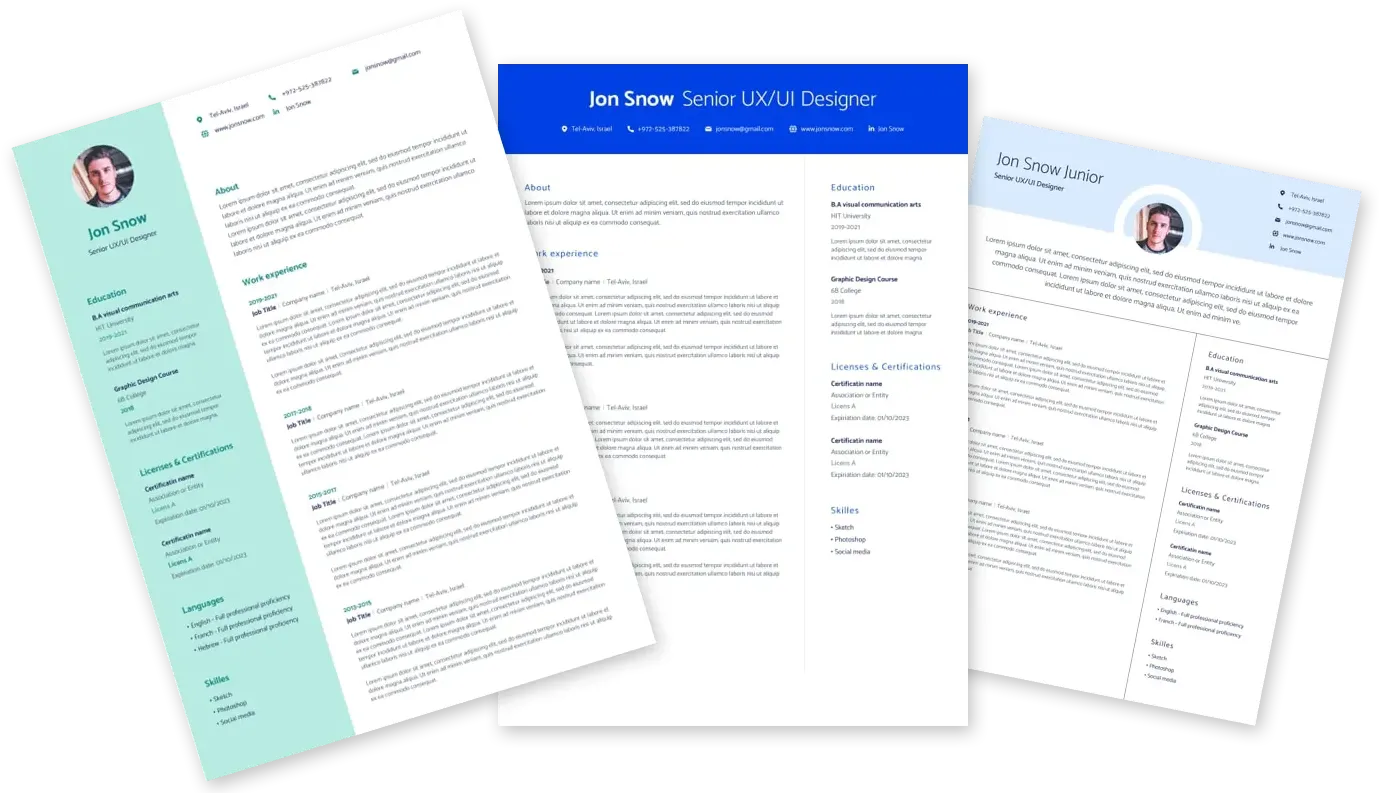
Finding the best job has never been easier

Tesla Craftsmanship Engineer/ Perceived Quality Engineer m/w/d - Berlin Germany, Schleswig-Holstein, Lübeck 537980114
17.04.2025
Share
What You’ll Do What You’ll Bring
- Ownership of Craftsmanship attribute deliverables for defined vehicle systems or areas
- Benchmarking of competitor vehicles and consolidating data to define a robust and appropriately competitive Craftsmanship target
- Creation and development of gap and flush control documents and ownership of target to process delivery alignment. Creation and development of Craftsmanship sensory targets that deliver a world-class user experience, beyond gap and flush conditions
- Representation of the Craftsmanship attribute at all relevant meetings with the product design and development activities
- Development of verification testing methods to ensure all targets are validated
- Driving closure of Craftsmanship issues through negotiation, quantitative data, influence, and constructive alternative solution suggestion
- Supporting the craftsmanship deliverables through to development/engineering sign-off of the vehicle. Supporting the quality functions to ensure targets are appropriately understood and measurable
- A minimum of 2 years of automotive Craftsmanship or Perceived Quality with excellent level of numeracy, literacy, and logical reasoning skills
- An inherent attention to detail and an understanding of the factors that create a perception of exceptional quality in the mind of the consumer
- An appreciation for the impact of and contribution to dimensional variation in assemblies
- Good understanding of statistical analysis with an appreciation of how subjective data can be measured or quantified to develop robust, representative Craftsmanship targets
- Creative, constructive, and positive approach to be able to positively contribute to the development of design solutions to meet Craftsmanship targets
- Strong communication and influencing skills with ability to explain complex issues, solutions and concepts with Design and Engineering teams using appropriately technical language
- Demonstration of knowledge in a variety of production and prototype manufacturing methods & flexibility to work across a wide variety of vehicle design areas
These jobs might be a good fit
